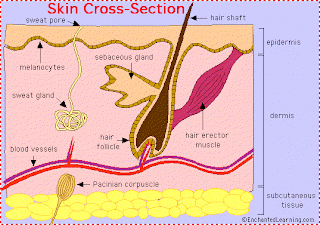IMPORTANT WINTER TIPS FOR POOCHES
1.) Don't leave your dog outside in the cold for long periods of time. Wind chill makes days colder than actual temperature readings. Be attentive to your dog's body temperature, and limit its time outdoors.
2.) Adequate shelter is a necessity. Keep your dog warm, dry and away from drafts. Tiles and uncarpeted areas may become extremely cold, so make sure to place blankets and pads on floors in these areas.
3.) Be extra careful when walking or playing with your dog near frozen lakes, rivers or ponds. Your dog could slip or jump in and get seriously injured.
4.) Groom your dog regularly. Your dog needs a well-groomed coat to keep properly insulated. Short- or coarse-haired dogs may get extra cold, so consider a sweater or coat. Long-haired dogs should have excess hair around the toes and foot pads trimmed to ease snow removal and cleaning. If you do the trimming, take care not to cut the pads or other delicate area of the foot.
5.) Feed your dog additional calories if it spends a lot of time outdoors or is a working animal. It takes more energy in the winter to keep body temperature regulated, so additional calories are necessary.
6.) Towel or blow-dry your dog if it gets wet from rain or snow. It is important to dry and clean its paws, too. This helps avoid tiny cuts and cracked pads.
7.) Don't leave your dog alone in a car without proper precautions. If the car engine is left on, the carbon monoxide will endanger your dog's life. If the engine is off, the temperature in the car will get too cold.
8.) Don't use over-the-counter medications for cough and cold on your dog without consulting a veterinarian.
Note
http://www.akc.org/public_education/winter_care.cfm













